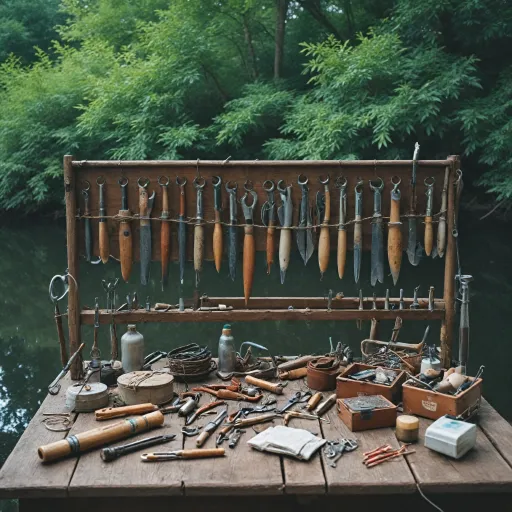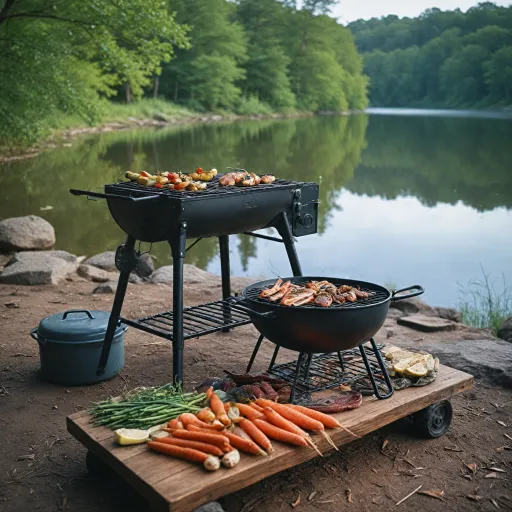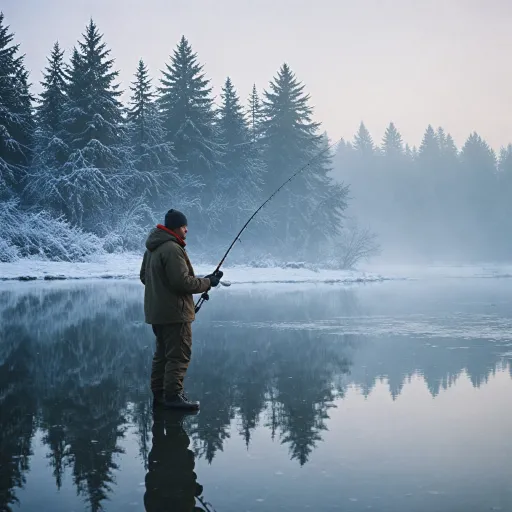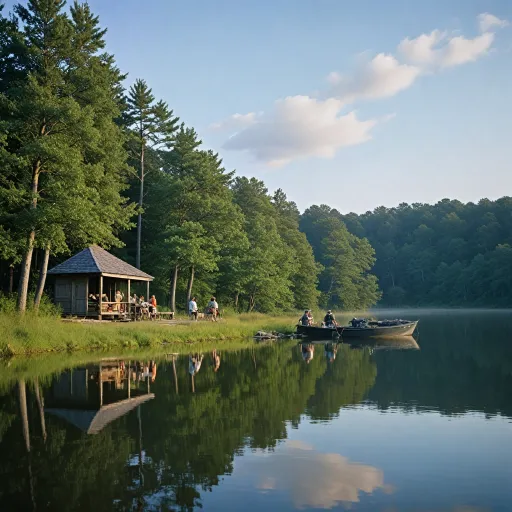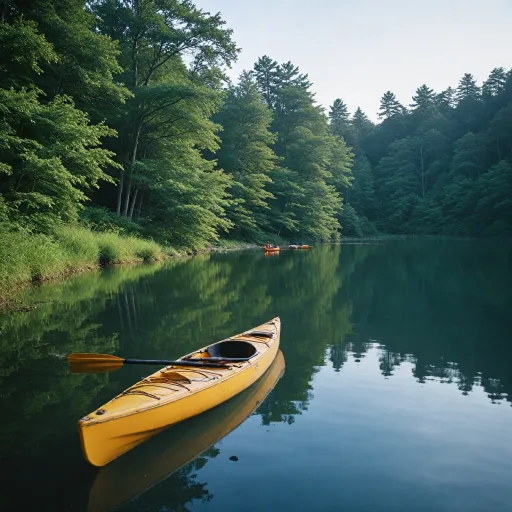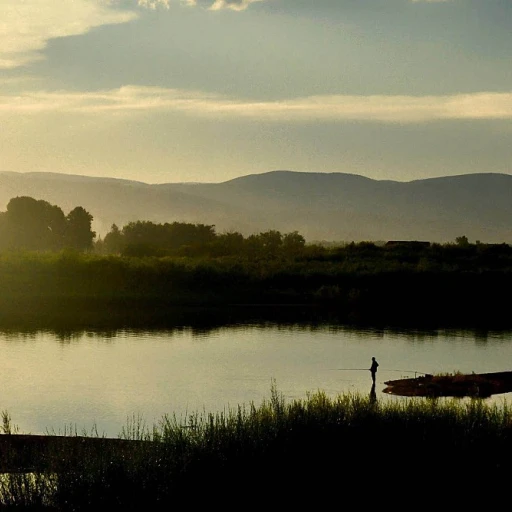
Understanding the Importance of First Aid Kits in Fishing
Recognizing the Vital Role of First Aid Kits in Fishing
When you think about recreational fishing, first aid might not immediately come to mind. However, the reality is that being prepared with a proper first aid kit is essential for a successful and safe fishing adventure. Whether you are casting a line from the shore or in the middle of a lake, the risks of injuries and emergencies remain. From a simple cut to more severe incidents, having a well-stocked first aid kit on hand can make all the difference. Fishing often takes place in locations that are far from immediate medical care. In such environments, time is of the essence when handling injuries or emergencies, making your kit a crucial companion. Not only should it be comprehensive, but portable and tailored to fit in with the rest of your fishing gear, much like you'd expect from the ultimate guide to efficient pop-up shelters for anglers. Given the wide array of fishing conditions and possible injuries, from punctures and cuts to dealing with insect bites, a first aid kit specifically designed for fishing is recommended. These kits often come with specialized features, such as waterproof bags, to keep medical supplies dry, and are equipped with essential items, including trauma kits, latex-free bandages, a face shield for CPR, and cold packs. Moreover, with a range of products available on the market, it's crucial to evaluate your needs and budget. A basic first aid kit might be priced affordably, perhaps around 20+ USD, while a kit fully stocked with comprehensive trauma and emergency supplies will naturally be priced higher. Checking product reviews and ratings, such as five-star or best sellers, can guide you to a suitable choice. It's not just about having any kit, but having the best first aid kit that can handle the unique demands of fishing environments. Investing in aid kits that are compact yet fully capable is an investment in your safety when out on the water.Key Components of a Fishing First Aid Kit
Vital Components to Include in Your Fishing First Aid Kit
When assembling a first aid kit for your fishing adventures, it is crucial to consider the range of medical supplies that you might need in the event of an accident or emergency. Fully stocked kits often include basic items, but tailoring your pack with essential components can make a significant difference. First, prioritize items for wound care and bleeding control. A well-equipped kit should have adhesive bandages, sterile gauze pads, and medical tape to address cuts and lacerations. Additionally, include a trauma kit with a hemostatic agent or tourniquet for more serious injuries. Exploring available products and reading reviews may guide you to select the best first aid options. For a reasonable price, around 20 to 30 USD, you can find comprehensive options in the market. Beyond basic wound care, it is wise to incorporate specialty items to address fishing-specific hazards. A CPR shield and a face shield can offer protection against cross-contamination during resuscitation attempts. Consider a cold pack to manage swelling from sprains or insect bites. Moreover, if you or a fishing partner have latex allergies, check that all your bandages and gloves are latex free. Depending on the environment where you'll be fishing, customizing your medical kit further could be necessary. For example, a trip to a colder climate may warrant additional heat packs, while a tropical setting might call for insect repellents or antihistamines. One question that arises frequently is how to balance the size of the kit and its contents. A mini or compact bag can still be fully stocked. Prioritize multifunctional tools like scissors and tweezers to keep your pack lightweight. While shopping for kits or supplies, consider both the price and product reviews to ensure you choose reliable items. To aid in your preparations for various fishing environments and enhance your overall fishing experience, complementing your fully equipped medical kit is essential cooking gear for the avid angler. This will provide a well-rounded approach to every fishing expedition.Tailoring Your First Aid Kit for Different Fishing Environments
Adapting Your Aid Kit for Different Angling Scenarios
Ensuring that you're prepared for various fishing environments with a first aid kit tailored to your needs is essential. Each fishing trip can present diverse challenges, from serene lakes to open sea practices, requiring distinct considerations for an emergency medical kit.
When angling in freshwater, consider the risk of insect bites and minor cuts. Your kit should include a cold pack to address swelling and a first aid cream for soothing irritations. Additionally, a mini trauma kit might be a worthy investment, featuring bleeding control supplies like dressings.
For saltwater fishing, a more comprehensive aid approach is necessary. Saltwater environments can sometimes cause severe injuries, so expand your medical supplies to include a CPR shield and a face shield, both essential for carrying out emergency procedures effectively.
If you're venturing to remote locations, where immediate help is scarce, a fully stocked kit becomes crucial. Look for best-reviewed products designed for trauma on sale at competitive prices, often around a range of 50-100 USD. Shop reviews online can guide you to top-rated 5-star kits crafted especially for anglers.
Remember to check if the first aid product is latex-free to prevent allergic reactions. The Red Cross and other reputable brands often market kits fully equipped for trauma, with medical aid supplies like medical kits that ensure peace of mind.
In addition, having dedicated storage solutions on hand protects your gear and ensures accessibility to your kit. Consider enhancing your organization tactics with versatile utility trays that streamline your fishing experience.
Maintaining and Updating Your First Aid Kit
Ensuring Your First Aid Kit Stays Effective
When it comes to maintaining your first aid kit, a proactive approach can be the difference between an inconvenience and a successful response to a fishing emergency. Here are key strategies to keep your kit fully stocked and ready to use:- Regularly Check Expiration Dates: Medical supplies such as sterile dressings, antiseptic wipes, and pain relief medications have expiration dates. Routinely inspect these items to avoid the risk of using ineffective products.
- Restock Depleted Supplies Promptly: After any use of your aid kits, replenish them immediately. This ensures that all essential items like bandages, bleeding control materials, and cold packs are available for future needs.
- Consider Environmental Impact: Different fishing environments demand specific products. A fishing trip in a humid climate may increase the need for waterproof dressings, while colder regions might require a more abundant supply of warming packs.
- Regularly Rotate Supplies: Regularly rotate your supplies by moving older products to the front and newer items to the back. This practice helps prevent wastage and ensures efficiency.
- Community and Expert Reviews: Evaluate reviews from other anglers on the best first aid kits that have maintained their effectiveness over time. Resources like customer reviews often highlight kits that consistently achieve high stars ratings and provide valuable insights into essential kit components.
Training and Preparedness for Fishing Emergencies
Preparation: An Essential Step for Fishing Safety
Preparation is key when it comes to handling emergencies on a fishing trip. Having a first aid kit is a great start, but being trained and knowledgeable about its use can make all the difference in a critical situation. When evaluating reviews for different first aid kits, look for those that include detailed instructions or access to online training resources. Practical knowledge on using kits efficiently is invaluable, especially when quick action is needed. To be fully prepared:- Familiarize Yourself with the Contents: Before your trip, take the time to know what's inside your kit. This includes understanding how to use items like cpr shields, cold packs, and medical supplies. Some kits come with a bonus mini guide, which can be a lifesaver.
- Participate in First Aid Training: Courses certified by organizations such as the Red Cross offer hands-on practice, covering scenarios like bleeding control and using a trauma kit. The investment in such training, which can range in price in usd but offers immense value, is advisable.
- Scenario-Based Practice: Simulate potential emergencies that you might encounter while fishing. Practicing these scenarios can help you react calmly and efficiently when real situations arise.
- Consider Specialized Training: If you frequent specific fishing environments, specialized medical training might be necessary. This could involve learning specialized skills, for instance, managing hypothermia or handling marine injuries.
- Read Product Reviews on First Aid Kits: Customer reviews often share real-life experiences, detailing how first aid kits were used in emergencies. Insights from these shared stories can be highly informative, highlighting the best first aid products that have been put to the test.
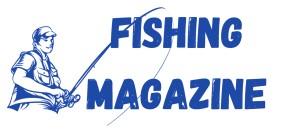
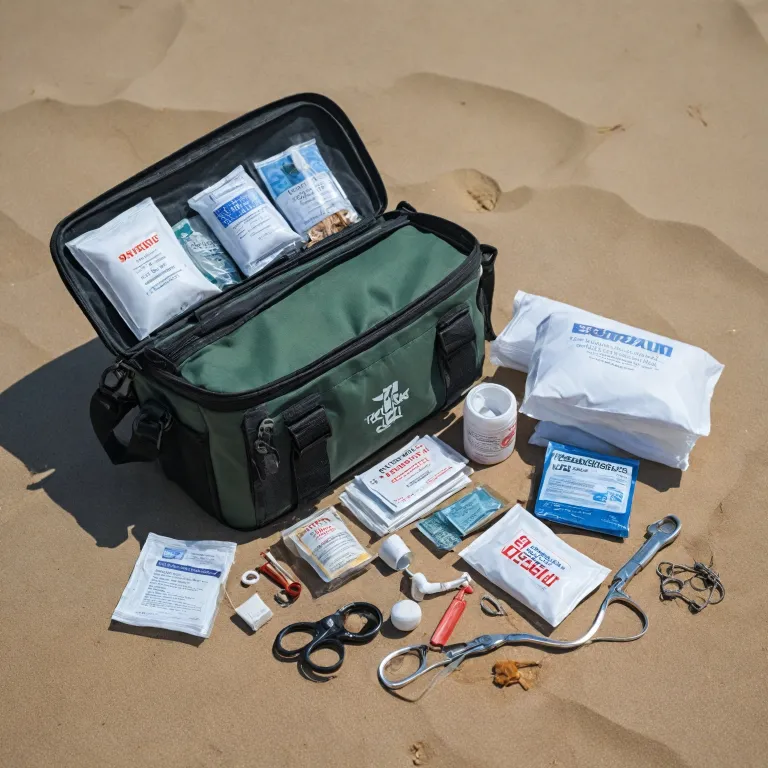
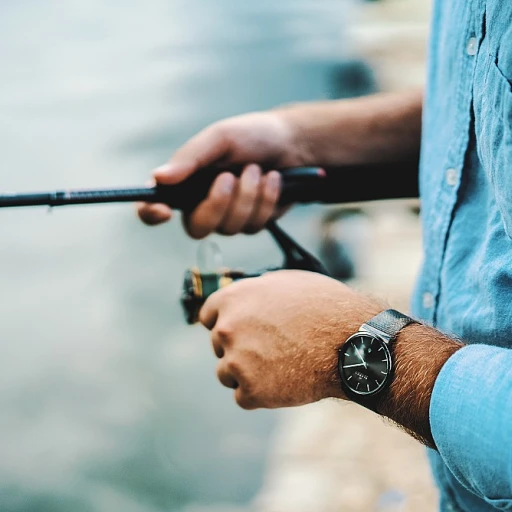
-large-teaser.webp)
